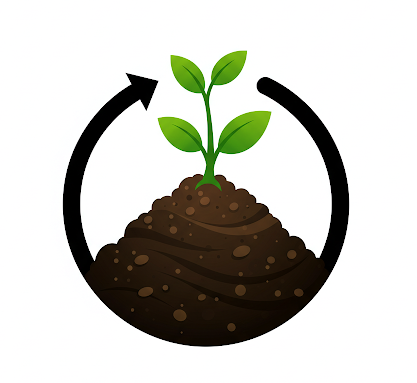Revolutionizing Waste Management
MSDS is setting a new standard in
waste management by treating waste at its source,
surpassing conventional practices.
With our patent-pending Proprietary Compound, MT3.0™, we’re transforming work environments into cleaner,
non-toxic spaces.
Nearby properties will see increased value
as wastewater treatment plants eliminate foul odors.
Now, we're ready to beneficially reuse our treated biosolids in landscaping, concrete mixes, and
waste-to-energy innovations—
just to name a few..
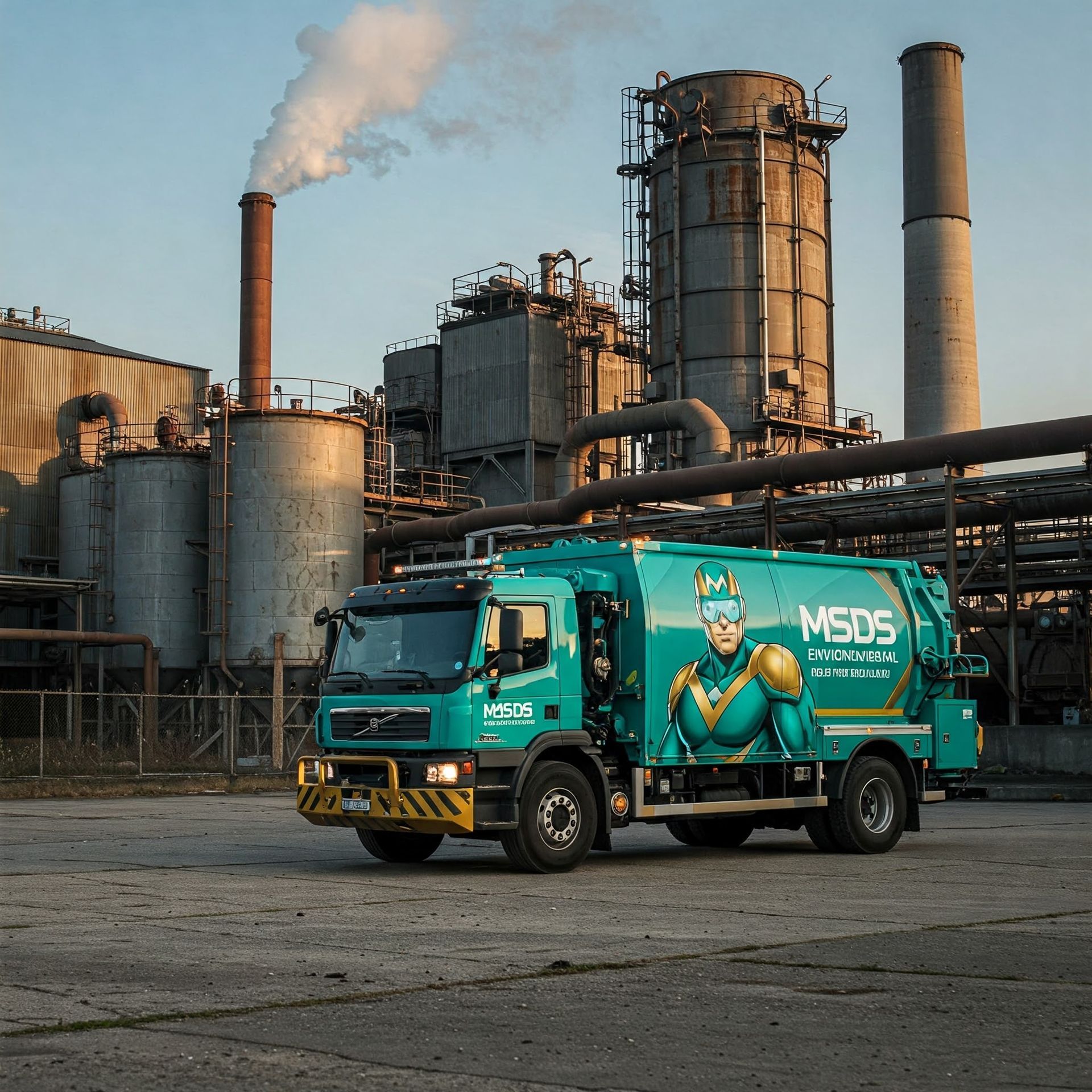
A Game-Changer in Waste Management
MSDS has pioneered a groundbreaking process that eliminates the need
for both anaerobic and aerobic digestion.
Introducing our proprietary compound and process,
Microbial TEA 3.0™,
a revolutionary solution now replacing traditional aerobic digestion
at the Washingtonville Wastewater Treatment Plant.
Proven Benefits of MT3.0
- Odor Elimination Completely removes hydrogen sulfides and ammonia gases—the source of foul odors in wastewater treatment plants.
- Superior Waste Reduction Achieves a
90% reduction in organics and solids,
40% more efficient than anaerobic and aerobic digestion.
- Energy Efficiency
Lowers operating costs by reducing energy consumption for standard procedures.
- Cost Savings Reducing biosolids leads to lower transportation and disposal costs.
Odor Free Class A Biosolid The first of its kind,
ready for beneficial reuse.
The
EPA recognizes this as an
innovative new process to create Class A biosolids
without restrictions.
Currently, the disposal of biosolids remains a costly challenge—
but MSDS is redefining the future of waste management
Comparing Biosolid DIsposal Methods:

COMPOST
Composting requires vast amounts of land—often hundreds of acres—and must be located in remote areas due to odor concerns.
- High Costs: The average expense for digesting, transporting, and delivering biosolids to a composting facility is $165 per ton, excluding wear and tear and rising transportation costs.
- MSDS Advantage: MSDS can treat, transport, and beneficially reuse the same biosolids for $120 per ton, offering immediate cost savings.
- Future Innovation: The next logical step is to convert treated biosolids into a fuel source, leveraging waste-to-energy technology.
.

INCINERATION
While incineration has long been used for solid waste disposal, it remains an
extremely expensive process.
- Equipment Degradation: The off-gassing of hydrogen sulfides and ammonia causes severe corrosion to incinerator components, driving up maintenance costs.
- High Costs: Municipalities spend over $300 per ton to incinerate biosolids, not including initial setup costs or ongoing operational expenses.
- PFAS & PFOS Contamination: Due to contamination issues in wastewater treatment plants across the country, incinerators are being reconsidered.
- MSDS Solution: eliminates this threat by further processing biosolids through waste-to-energy, breaking PFAS and PFOS bonds permanently.
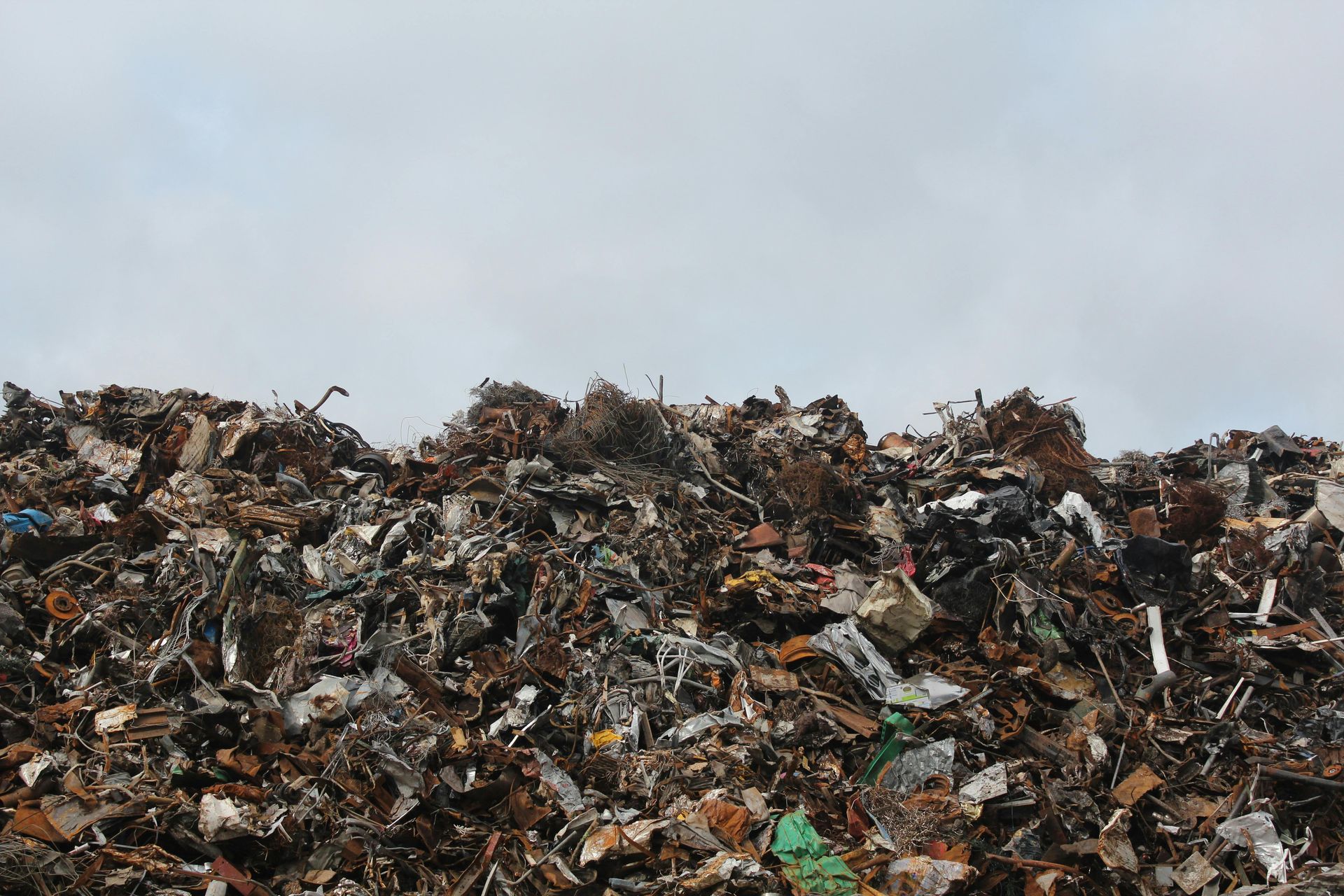
LANDFILLS
Disposing of biosolids in landfills offers zero benefits and only contributes to greater waste accumulation.
- Costly Disposal: Municipalities spend $165 per ton to transport and dump biosolids into landfills.
- MSDS Alternative: MSDS can
treat, transport, and beneficially reuse biosolids for
$120 per ton, making it the
more sustainable and cost-effective solution.

Superior
Odor elimination

TOTAL Pathogen destruction
